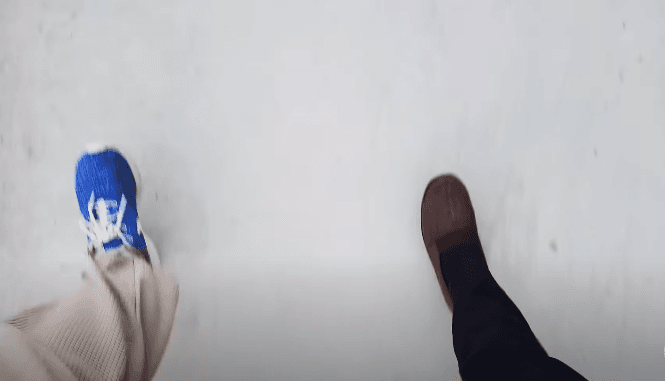Move your body
Moving to do just about any exercise boosts your mood and manages your anxiety.
Just going for a walk can balance your emotions and provide positivity.
26
118 reads
CURATED FROM
IDEAS CURATED BY
I am a sucker for gadgets, stubborn and curious. Eating right and sleeping well is important to me.
The idea is part of this collection:
Learn more about health with this collection
Techniques for brainstorming and generating new ideas
The power of collaboration and feedback in the creative process
How to recognize and overcome limiting beliefs
Related collections
Similar ideas to Move your body
Move your body
Movement is important to help us get out of our heads. Movement can include exercise or going for a walk or run.
Vigorous movement and exercising allows your brain to feel like it's getting away from what's bothering you.
Move
- Exercise: Get yourself moving in the morning and bless your body with endorphins for the whole day. Going for a short walk also sets up the stage for the day, making you aware and energetic.
- A Short Yoga session: Do some Surya Namaskars or Sun Salutation, and give yourself calm and...
BODY #4 Move Your Body Every Day
If you're ever feeling down, ask yourself: "Have I moved my body lately?"
We are energetic beings, and sometimes we hold emotions in our body. Moving your body allows you to use your energy and release anything that's been pent up within, even if it's only for ...
Read & Learn
20x Faster
without
deepstash
with
deepstash
with
deepstash
Personalized microlearning
—
100+ Learning Journeys
—
Access to 200,000+ ideas
—
Access to the mobile app
—
Unlimited idea saving
—
—
Unlimited history
—
—
Unlimited listening to ideas
—
—
Downloading & offline access
—
—
Supercharge your mind with one idea per day
Enter your email and spend 1 minute every day to learn something new.
I agree to receive email updates

